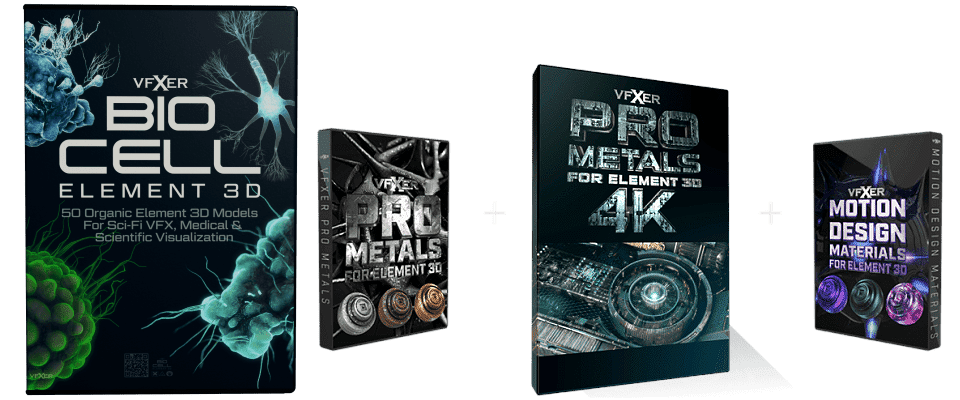CGI vs VFX vs SFX — What’s the Difference and Why It Matters
The magic of cinema often lies in its ability to transport us to fantastical worlds and depict breathtaking events. This illusion is often achieved through a combination of visual effects and sound, with CGI, VFX, and SFX playing key roles. However, these terms are often used interchangeably, causing confusion about their distinct meanings and applications. In this enlightening video, Studiobinder aim to lessen the confusion and break down the process.
Understanding the Differences
While often used interchangeably, special effects (SFX), visual effects (VFX), and computer-generated imagery (CGI) are distinct elements in filmmaking:
1. Special Effects (SFX)
Special effects are physically created on set during filming. They encompass elements that are difficult or impossible to capture naturally and often involve mechanical or practical techniques. Examples include:
- Atmospheric effects: Creating rain, fog, or smoke using machines.
- Pyrotechnics: Controlled explosions and fires.
- Animatronics: Lifelike robots or creatures controlled mechanically or electronically.
- Prosthetic makeup: Transforming actors’ appearances with physical enhancements.
A special effects supervisor oversees these effects, ensuring their safe and effective execution.
2. Visual Effects (VFX)
Visual effects are added to footage after filming during post-production. They encompass a wide range of techniques, including CGI and others like:
- Compositing: Combining multiple images into a single shot, such as merging a stop-motion creature with a live-action background.
- Chroma keying: Isolating subjects by filming against a green or blue screen, later replaced with other backgrounds or elements.
- Virtual Production: Using LED screens as interactive backgrounds that react to camera movement, blending real-time environments with live-action footage.
- Motion capture and rotoscoping: Recording an actor’s movements to animate digital characters or objects realistically.
A visual effects supervisor oversees the entire VFX pipeline, from pre-production planning to final compositing.
3. Computer-Generated Imagery (CGI)
CGI is a subset of VFX, specifically referring to digital elements created entirely within a computer. This includes:
- Characters: Creating realistic or stylized digital characters.
- Objects: Generating digital models of vehicles, buildings, or any other object.
- Environments: Constructing entire digital landscapes, cities, or even planets.
CGI artists specialize in various areas like modeling, texturing, animation, lighting, and simulation to create believable digital elements.
The Evolution of Visual Effects
Visual effects have existed since the early days of cinema, evolving from simple optical tricks to sophisticated digital techniques. Early examples include:
- Multiple exposures: Layering multiple images on top of each other, used by George Méliès in his 1902 film “A Trip to the Moon.”
- Forced perspective: Manipulating the size of objects and sets to create illusions of depth and scale.
- Optical printers: Devices used to combine multiple film strips, create fades, and achieve other optical effects.
The advent of computers revolutionized visual effects, leading to the development of CGI and its integration into filmmaking. Early examples of CGI in films include “Westworld” (1973) and “Tron” (1982).
Case Study: The Power of Combined Effects in “1917”
Sam Mendes’s “1917” exemplifies the seamless blending of CGI, VFX, and SFX to create a realistic and immersive cinematic experience. The film’s iconic plane crash sequence showcases the power of this combined approach:
- CGI: Used to create digital models of the plane and barn, ensuring visual consistency between practical effects and digital extensions.
- VFX: Extensive stitching and compositing techniques were used to create the illusion of a single continuous shot, seamlessly blending multiple takes and perspectives..
- SFX: A practical plane was built and crashed on set, capturing realistic fire, smoke, and debris for added authenticity.
This meticulous collaboration between VFX and SFX teams resulted in a breathtaking sequence that immerses the audience in the chaos and danger of the battlefield.
Conclusion
Understanding the distinct roles of CGI, VFX, and SFX is crucial for aspiring VFX artists. These tools, when used in harmony, have the power to create breathtaking visuals and transport audiences to new worlds. By mastering these techniques and embracing collaboration, VFX artists can contribute to the magic of filmmaking and shape the future of visual storytelling.


